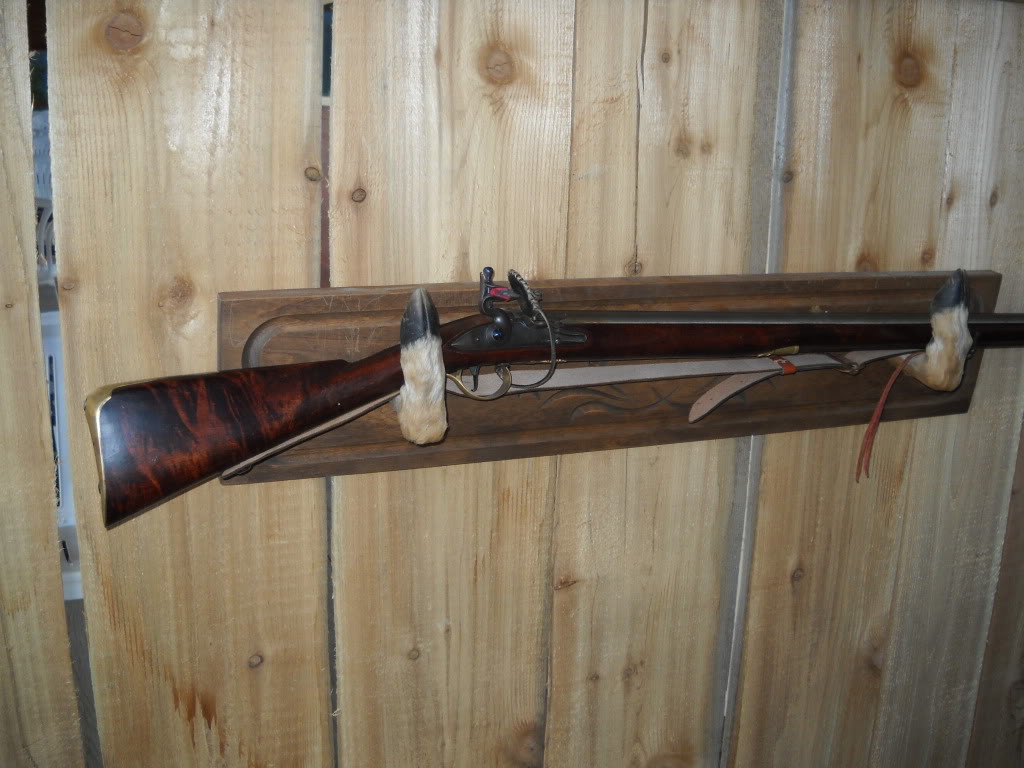lighthorseman
Well-Known Member
- Joined
- May 18, 2016
- Messages
- 671
- Reaction score
- 1
Here's a quote from 1833 from W.A. Ferris during a winter with the Kootenai Indians on Thompson's River in Northwest Montana 1833.
" but in consequence of our not having rifles our sport was quite Limited."
" we each possessed a fusil brought to this country expressly for the Indian trade a light kind of gun which is only used by the hunters on our side of the mountains for running Buffalo."
I built this the year my oldest son was born. He turns 38 in Oct.
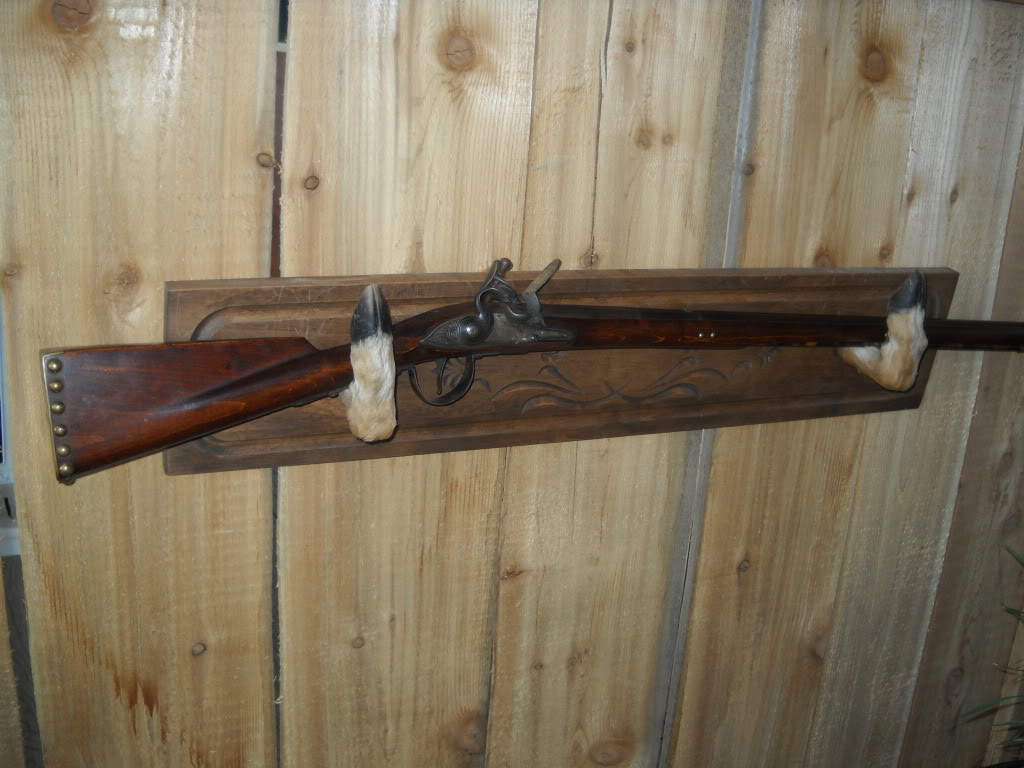
Some of the guns attached the butt plates with nails.
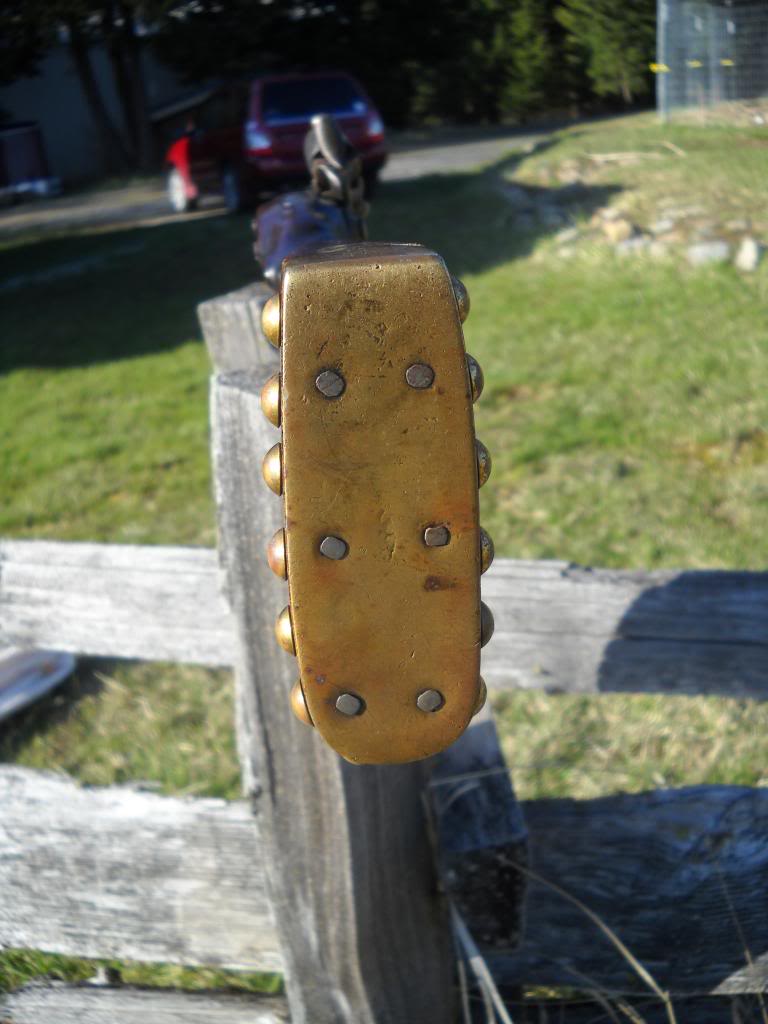
Back in my Steamboat Springs days, we called 'em "Brass Lizard guns"!
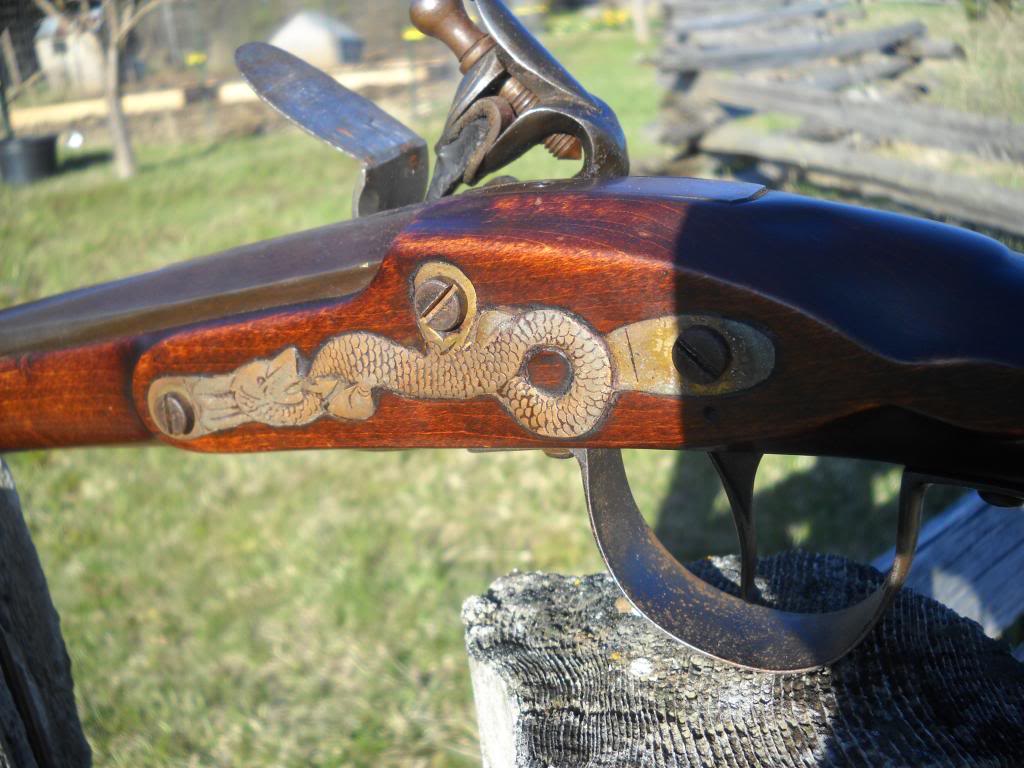
Notice the tang screw was attached in the opposite direction and also held the front of the trigger guard in place.
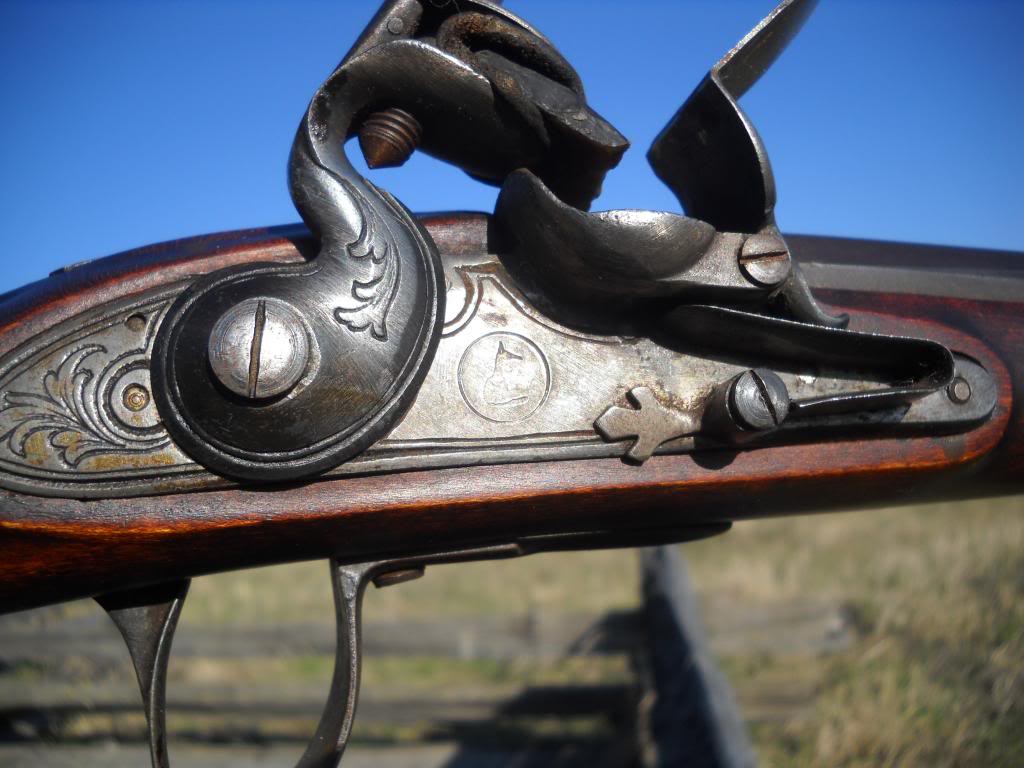
I cheated and eventually put a rear sight on....which fancier "Chief Grade" trade guns often had.
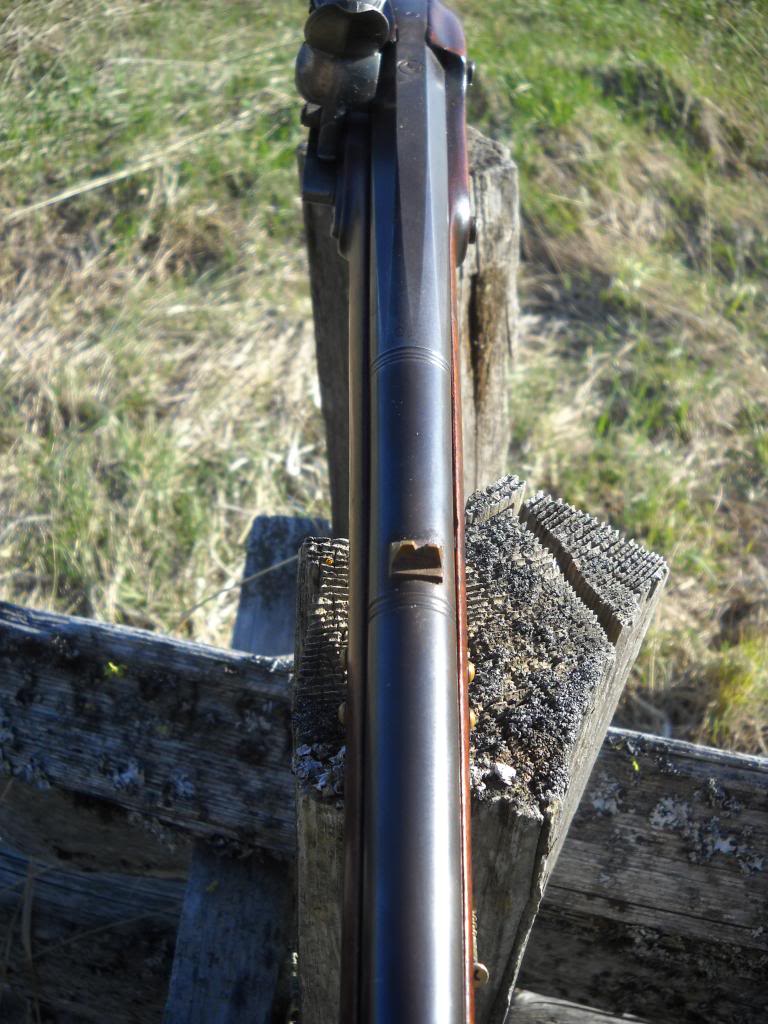
" but in consequence of our not having rifles our sport was quite Limited."
" we each possessed a fusil brought to this country expressly for the Indian trade a light kind of gun which is only used by the hunters on our side of the mountains for running Buffalo."
I built this the year my oldest son was born. He turns 38 in Oct.

Some of the guns attached the butt plates with nails.

Back in my Steamboat Springs days, we called 'em "Brass Lizard guns"!

Notice the tang screw was attached in the opposite direction and also held the front of the trigger guard in place.

I cheated and eventually put a rear sight on....which fancier "Chief Grade" trade guns often had.






